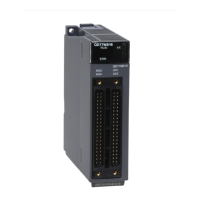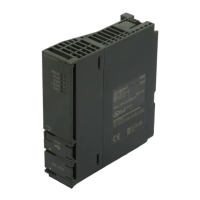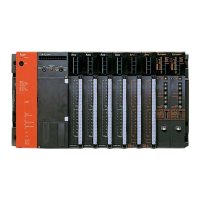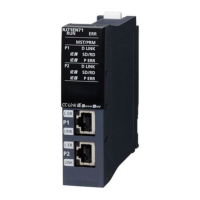746
7 APPLICATION INSTRUCTIONS
7.18 PID Instruction
■Determining the three PID constants (step response method) [Reference]
To obtain good control result of PID control, optimal values of individual constants (parameters) appropriate to the controlled
system need to be determined. Here, the step response method is explained as a method of determining the optimal values of
three PID constants (proportional gain (K
P
), integral time (T
I
), and derivative time (T
D
)).
• Step response method
The step response method is a method of determining three PID constants from the operation characteristics (maximum ramp
(R), dead time (L)) that are determined from changes in input caused by giving stepwise output from 0 to 100%
*1
to the control
system.
*1 Stepwise output can also be obtained in 0 75% or 0 50%.
• Operation characteristics
• Operation characteristics and three constants
Precautions on auto tuning
• Programming measures in case of no change in the input value (PV)
If the input value (PV) does not change normally due to a factor such as analog input disconnection, auto tuning does not end.
Detect and avoid such problem by using a sequence to monitor the input value and the elapsed time from the start of tuning.
Control mode Proportional gain (K
P
) [%] Integral time (T
I
) [100ms] Derivative time (T
D
) [10ms]
Proportional control (P
operation) only
PI control (PI operation) 33L
PID control (PID operation) 20L 50L
0%
100%
MV
MV
Time
Time [s]
Maximum ramp (R)
Dead time (L) 1
[s]
Rate of change
in input value

